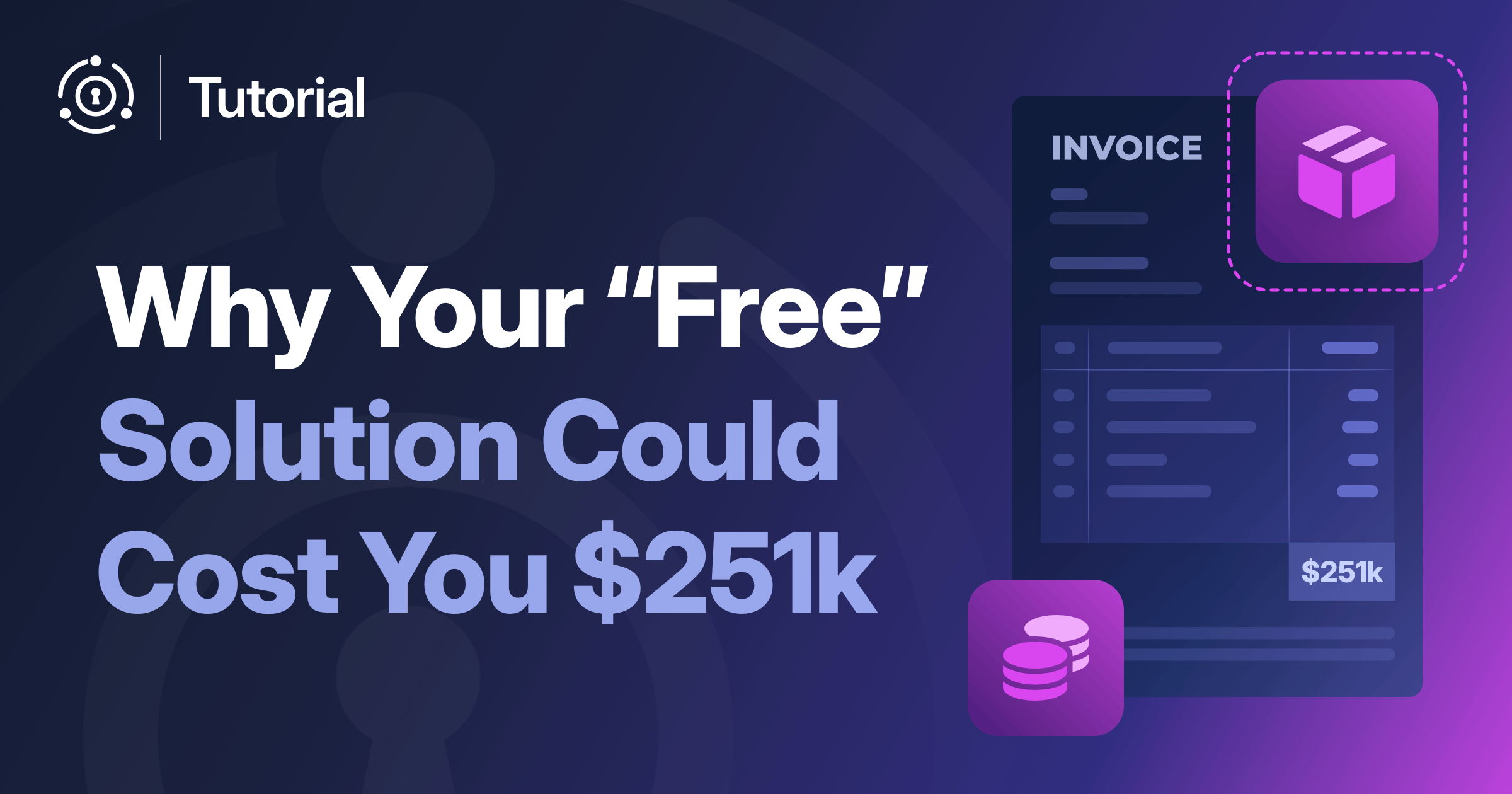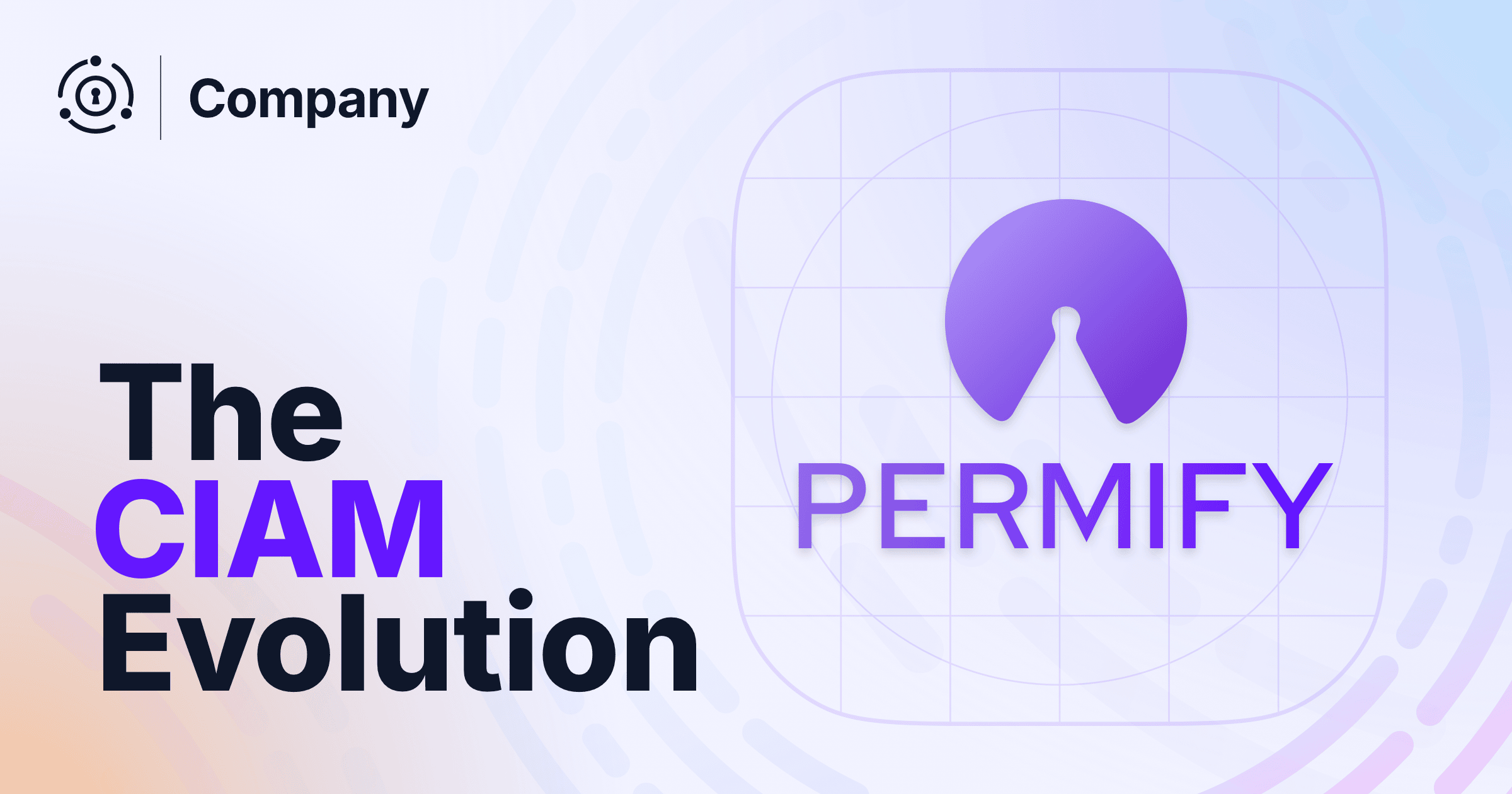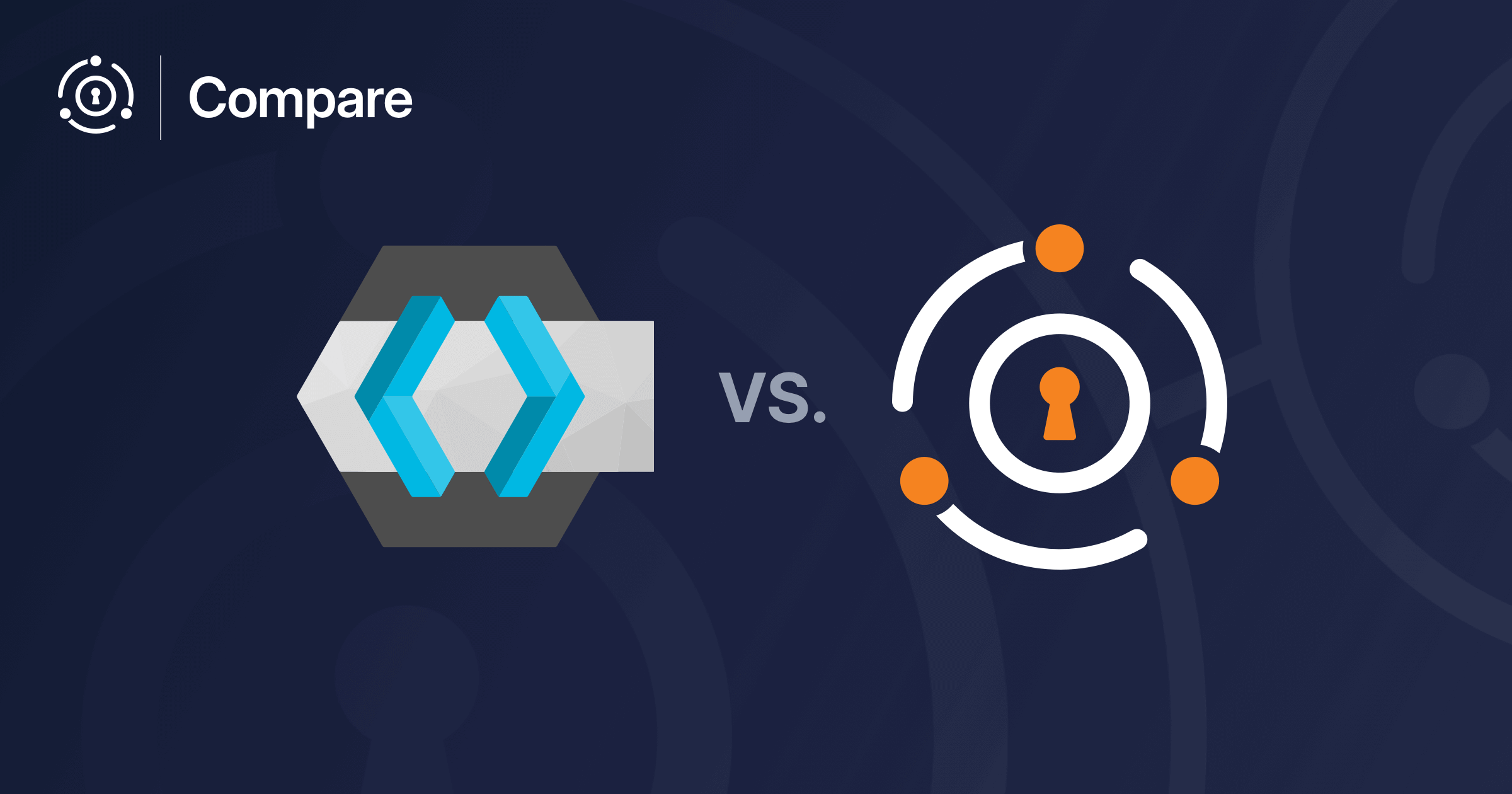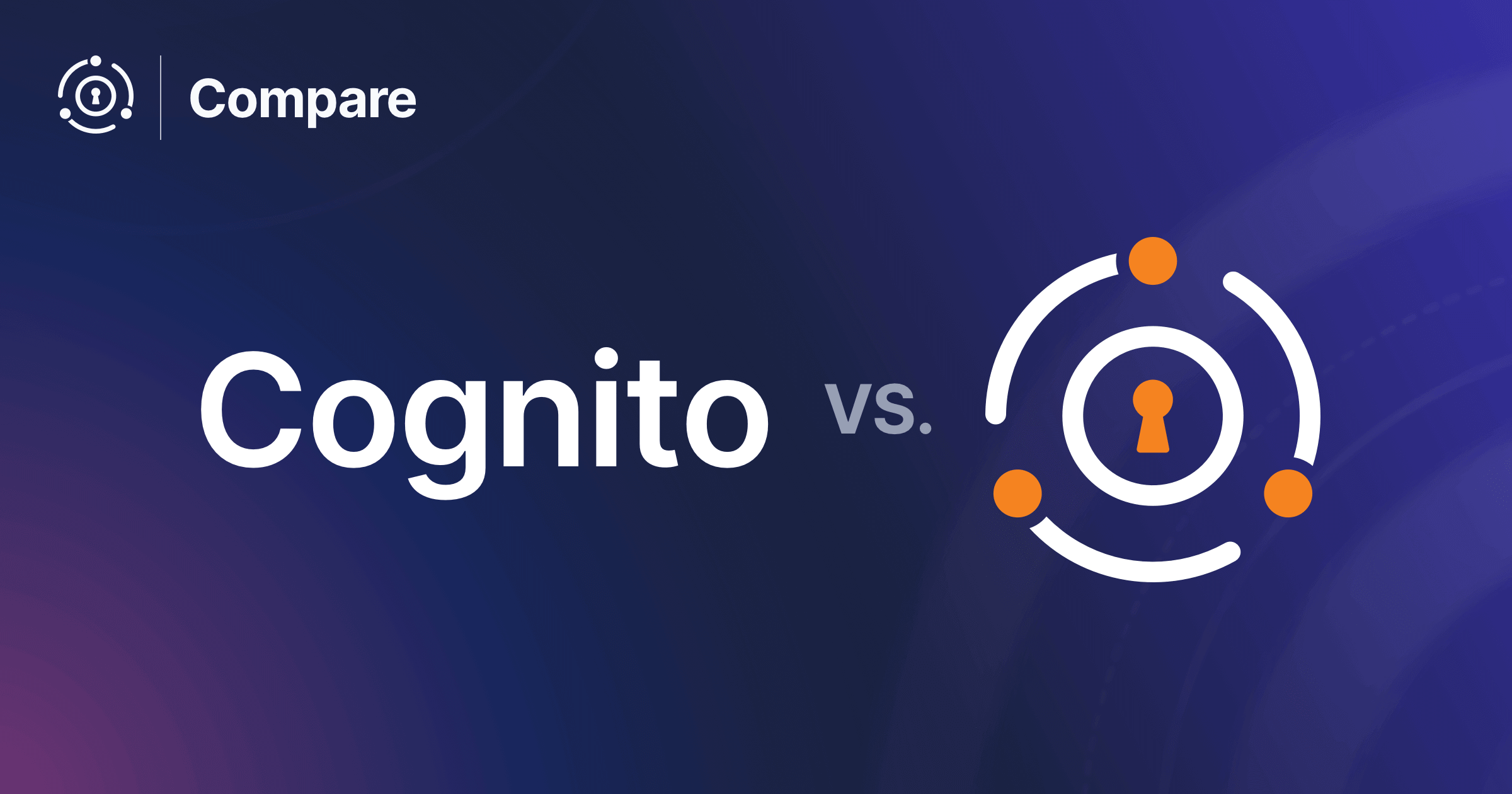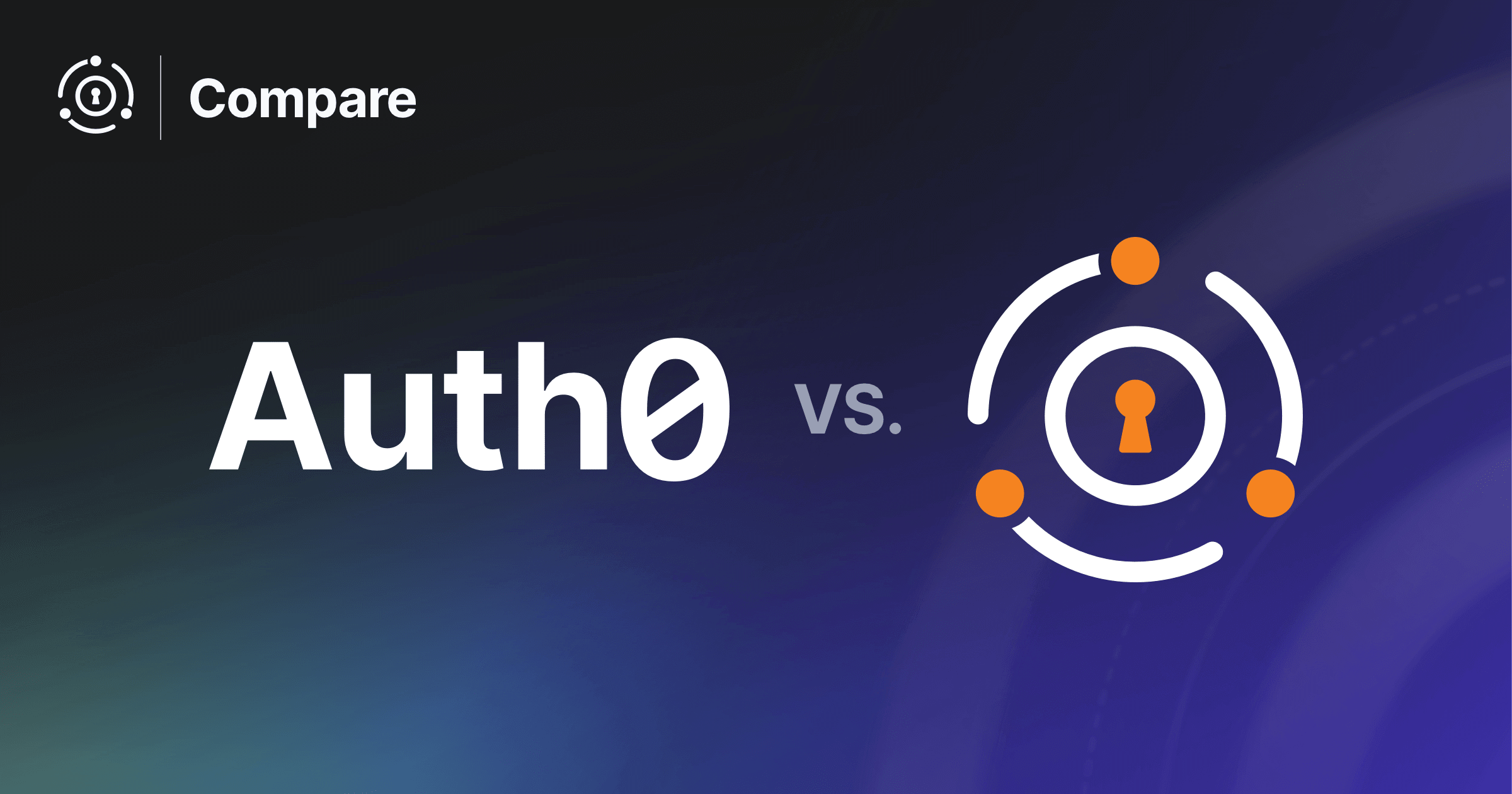Here’s a story that might sound familiar: You’re evaluating authentication platforms, and Keycloak catches your eye. Zero licensing fees. Open source. Battle-tested by enterprises. It seems like a no-brainer.
Fast forward eighteen months. Your team is spending hours each week maintaining Keycloak clusters. New developers need weeks to get up to speed. Your infrastructure costs are climbing. And you’re starting to wonder if “free” was really free after all.
This isn’t just one company’s experience. It’s a pattern we see repeatedly in the authentication space. What looks like a cost-saving decision often becomes a significant expense when you factor in the real operational overhead.
The $213K Reality Check
Let us walk you through the numbers that most teams miss when they evaluate authentication platforms. We talk to a lot of engineering leaders who regret early decisions. The story goes a lot like this:
“We thought we were being smart by choosing the free option. Eighteen months later, we calculated what Keycloak was costing us in operational overhead. That’s when we started looking at the true cost of ‘free’ authentication.”
These situations always show the same pattern. Here’s what the real three-year cost looks like for a typical 50,000-user deployment:
Keycloak
- Licensing fees: $0 (open source)
- Infrastructure requirements: $18,360 (production clusters with high availability)
- Developer training costs: $22,500 (30 hours at $150/hour loaded cost for 5 developers)
- Operational overhead: $35,100 (1.5 hours weekly maintenance at $150/hour)
- Specialized expertise: $240,000 (1 FTE IAM specialist at $80,000 annually)
Total three-year cost: $315,960
FusionAuth
- Licensing fees: $50,760 (Enterprise for 50,000 users)
- Infrastructure requirements: $34,200 (FusionAuth Cloud, dedicated resource architecture)
- Developer training costs: $6,000 (8 hours at $150/hour for 5 developers)
- Operational overhead: $11,700 (30 minutes weekly maintenance)
- Specialized expertise: $0 (API-first design reduces expertise requirements)
Total three-year cost: $102,660
The Bottom Line: The “free” authentication platform costs $213,301 more over three years than its commercial equivalent.
Where the Hidden Costs Come From
Open-source authentication isn’t software you install and forget. It’s infrastructure that requires ongoing attention, and that’s where the costs accumulate.
The Learning Curve Tax
Every new developer on your team needs to understand your authentication system. With Keycloak, that’s not a trivial investment.
Research shows Keycloak requires significant learning investment. One study documented 40 hours of learning and configuration effort for developers familiar with Java but new to Keycloak. This learning curve cost compounds across every new hire and project in your organization.
The documentation fragmentation makes this worse. Keycloak’s docs are scattered across community forums, Red Hat documentation, and third-party tutorials. Your developers spend time hunting for answers instead of building features.
Integration complexity with existing workflows affects daily productivity when implementing authentication platforms. Keycloak’s admin-centric design creates friction for teams building automated CI/CD pipelines, while API-first platforms streamline integration with modern development workflows and infrastructure-as-code approaches.
The Operational Overhead Reality
“Free” software often means you’re paying with your team’s time instead of licensing fees. Here’s where those costs show up:
Maintenance requirements: Case studies consistently document at least 1 hour weekly for basic Keycloak maintenance, though production environments often require significantly more for monitoring, troubleshooting, and cluster coordination.
Specialized expertise: This is the big one. Multiple industry sources document the need for dedicated IAM expertise, with some estimates requiring 2 full-time support engineers for mid-sized Keycloak deployments. That expertise is expensive and hard to find.
Update complexity: Keycloak’s multi-node cluster requirements create coordination overhead for security patches and version updates. You’re looking at planned downtime and specialized knowledge of distributed systems management.
Infrastructure Costs That Scale
Here’s where the “free” math really breaks down from our analysis.
Keycloak struggles with realm scalability. (A realm is a space where you manage objects, including users, applications, roles, and groups.) Documented evidence shows performance degrading exponentially beyond 100-200 realms. If you’re building multiple applications or supporting multiple tenants, this limitation affects your infrastructure planning and costs.
Production Keycloak clusters require $510-$625+ monthly for high-availability deployments. These costs include database resources, monitoring systems, and redundancy requirements for enterprise-grade authentication infrastructure.
The multi-environment deployment costs compound this. Keycloak requires fundamentally different configurations between development and production environments. Development mode uses insecure defaults for convenience, while production requires complex cluster configurations with JGroups, Infinispan coordination, TLS certificates, and database replication.
Your teams end up maintaining configuration consistency across environments while managing environment-specific settings—a task that containerized platforms with API-first configuration handle automatically.
The Deployment Timeline Reality
Time is money, and authentication platform choice directly impacts your project timelines.
Real-world implementations document 2-6 months for enterprise-ready Keycloak deployments, including planning phases, setup procedures, integration development, and comprehensive testing phases.
Keycloak’s realm and client configuration through GUI-based tools creates challenges for infrastructure-as-code approaches. Your CI/CD integration becomes more complex. Conversely, API-first platforms like FusionAuth enable automated configuration management that integrates seamlessly with modern development workflows.
The Architecture Tax
Multi-tenant architectures in third-party Keycloak hosting can create “noisy neighbor” effects where one tenant’s traffic affects others. Technical analyses document debugging complexity spanning multiple tenants, making troubleshooting more difficult and time-consuming.
Performance issues in shared infrastructure models require careful capacity planning and potentially expensive scaling solutions. The dedicated infrastructure of FusionAuth provides more predictable performance characteristics and simpler troubleshooting processes.
Real-World Evidence
The numbers we’ve shared aren’t theoretical. Research from OTP+ reveals initial development costs ranging from $1,800-$3,000+ for basic Keycloak implementations. Infrastructure costs range from $50-$625+ monthly depending on scale and high-availability requirements. Ongoing maintenance requires a minimum $240 monthly for basic monitoring systems.
Multiple sources document common operational challenges: database performance bottlenecks with large user bases, version migration complexity (particularly during WildFly to Quarkus transitions), security vulnerability management requirements, and custom extension development needs.
When to Migrate (And When to Stay)
Consider migration if you’re experiencing:
- Significant weekly authentication maintenance overhead
- Developer onboarding challenges with authentication training
- Single-tenant isolation requirements for security or performance
- Poor CI/CD workflow integration
- Rising operational costs requiring specialized expertise
Stay with your current platform if:
- You’ve had a recent platform migration within 12 months
- Your team is comfortable with current operational complexity
- You have extensive enterprise protocol requirements like Kerberos or complex SAML configurations
- You have an absolute zero licensing budget requirement
Companies migrating from Keycloak report varying timelines and complexity levels. If you’re coming to FusionAuth, we have built dedicated Keycloak migration guides to make your life easier.
The Strategic Decision Framework
When evaluating authentication platforms, ask yourself these questions:
Technical evaluation: What’s the developer productivity timeline for platform competency? What are the weekly operational maintenance requirements? How complex is CI/CD pipeline integration? What are the infrastructure scaling characteristics? What’s the troubleshooting complexity, including required expertise levels?
Economic analysis: What’s the true total cost including operations and training? How does developer training impact team velocity? What are the infrastructure resource requirements at scale? What are the specialized expertise costs for ongoing operations?
Strategic considerations: How does this architecture align with reliability goals? What’s the impact on engineering team autonomy and velocity? What are the long-term vendor relationship implications? How does this integrate with broader technology strategy and cloud-native initiatives?
The Complete Picture
There’s no such thing as a free lunch…or free authentication. Auth platform selection affects engineering velocity, operational overhead, and long-term technical debt. The key insight is that platforms appearing “free” often have hidden costs in operational complexity, specialized expertise requirements, and developer productivity impact.
Commercial platforms may deliver better total economic value through operational efficiency, comprehensive documentation, and developer-friendly integration patterns. The key is measuring the right metrics: total cost of ownership, operational impact on engineering teams, and strategic alignment with organizational goals.
The $251,000 difference between “free” and commercial platforms shows why total cost of ownership analysis is essential for authentication platform decisions. Organizations that evaluate authentication platforms based on comprehensive cost analysis rather than upfront licensing fees consistently achieve better outcomes in developer productivity, operational efficiency, and system reliability.
That’s the real cost of “free” authentication, and why the most expensive choice might be the one that doesn’t charge you upfront.
Ready to examine a better option? Contact us to get a custom POC, or download FusionAuth and get started today.


